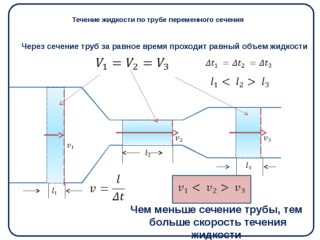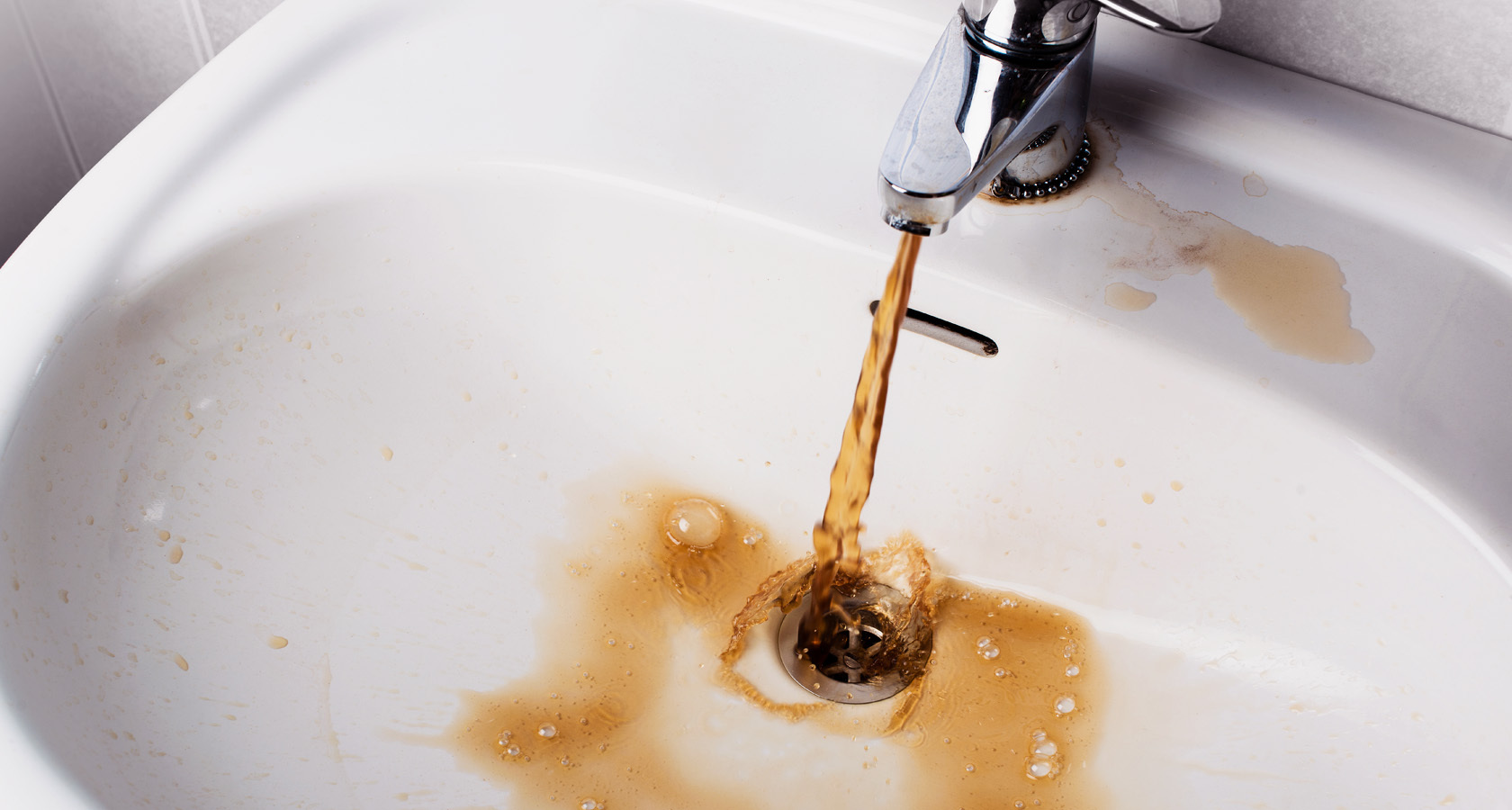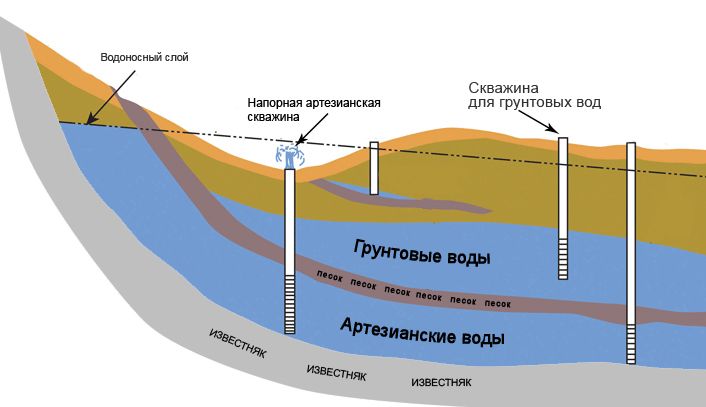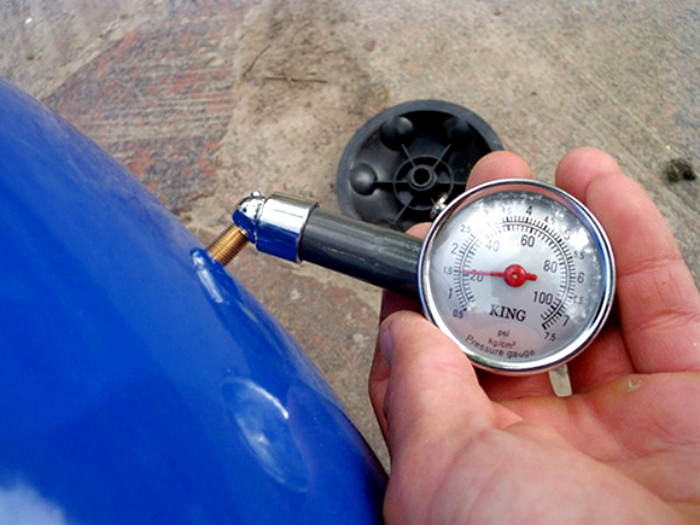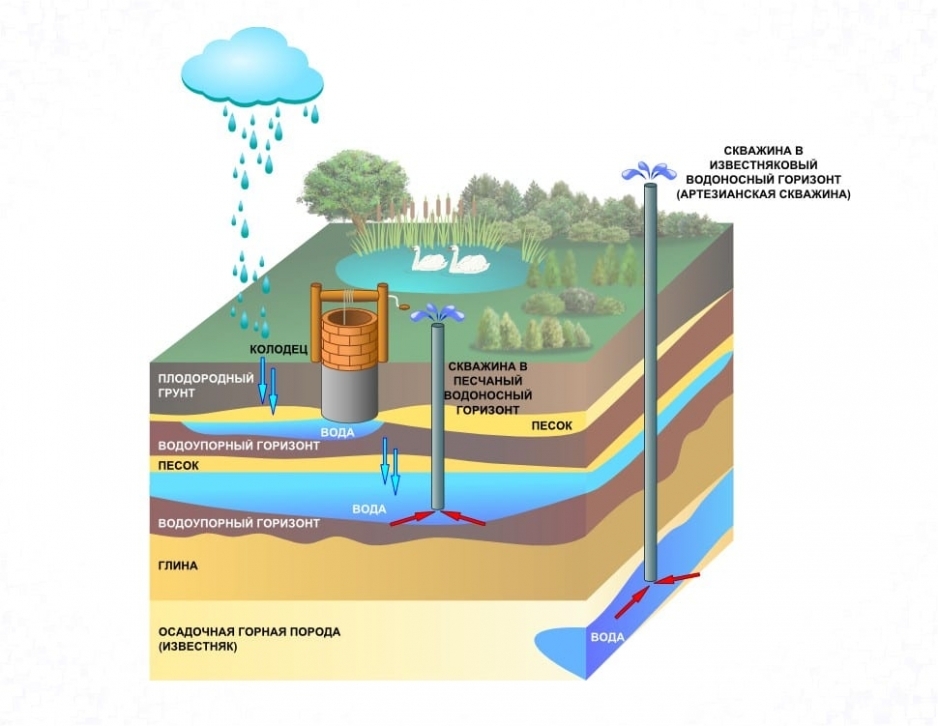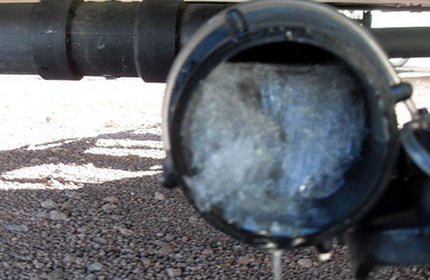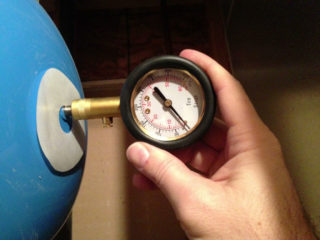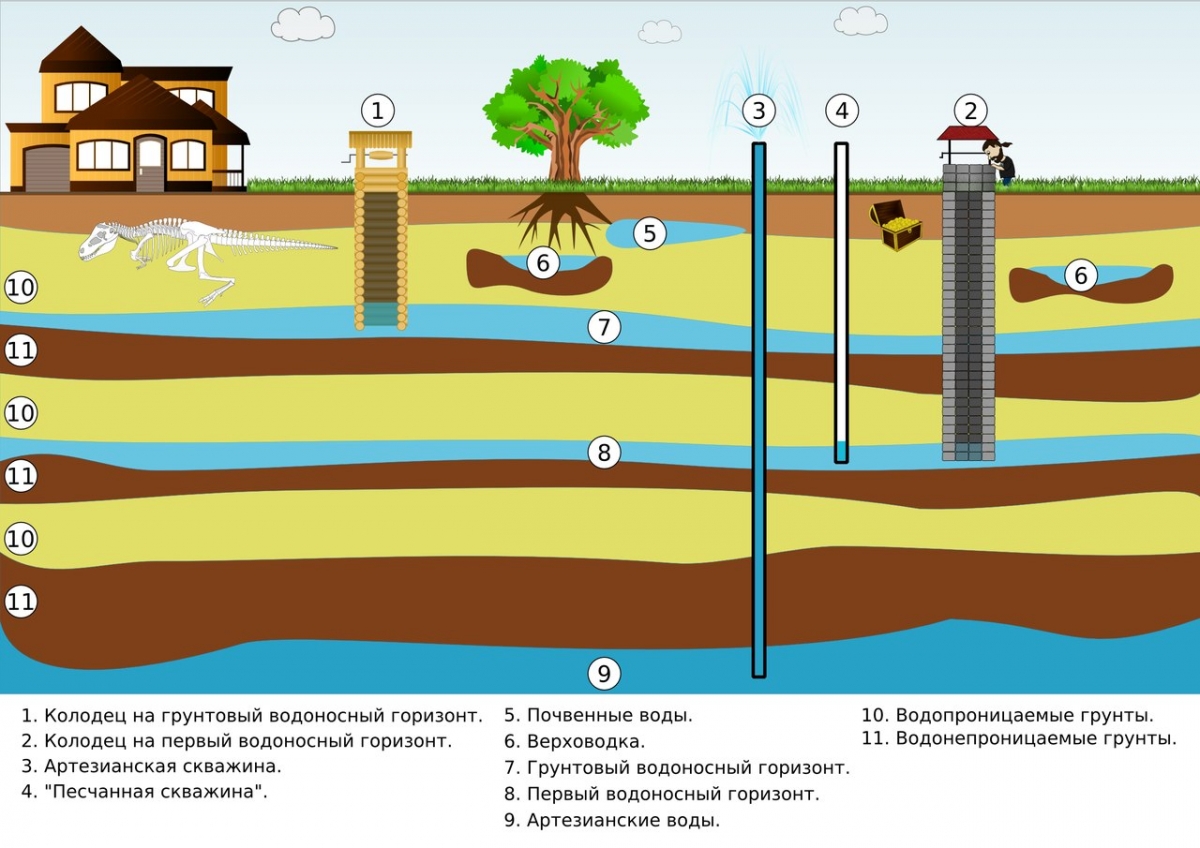When constructing an autonomous water supply network for a private house, you need to think about a sufficiently large number of parameters that will make the water supply a network that works for a long time and does not require large costs for its maintenance. One of the important factors is the speed of water movement in water supply pipelines.
Why speed should be of a certain value
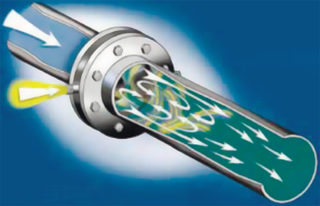
If the speed is insufficient, undissolved particles will settle on the pipe walls, which come with water from a well or well. This will lead to silting and a decrease in the flow area. As a result, the pressure and performance of the entire system will decrease.
If the speed of the water in the water supply is high, this leads to an increase in the pressure of the pumped liquid on the walls of the pipes and their joints. There is a high probability that a leak will occur at some point in the pipeline over time.
Typical speeds
There are recommended values for the water flow rate in the water supply pipes, which depend on the material from which the water pipes are made, they are new or have already been in operation. Here are some dependencies to help you make the right choice.
Pipe diameter, mm | Plastic pipe speed m / s | Steel pipe speed, m / s | |
| new | old | ||
| 50 | 22 | 0,7 | 0,062 |
| 100 | 11 | 0,74 | 0,068 |
| 200 | 7,6 | 0,82 | 0,076 |
The speed directly depends on the diameter of the pipes. Moreover, any fluids moving through pipes obey the laws of physics. In plumbing, these laws seek to stop the movement of water. The force that is applied to this is called the force of resistance. It leads to head losses and, accordingly, to a decrease in speed.
Usually, the formula for the flow rate of water in pipelines, as such, is not used anywhere. Because it makes no sense to calculate what has already been proven and is freely available in tables. It is taken as the standard recommended value.
The parameter itself of the flow rate of water in pipelines is used to calculate several characteristics of the water supply network. For example, when calculating water flow or choosing the diameter of pipes.
Plumbing means networks of drinking water, hot water supply and fire fighting systems.
Calculation examples
W = V × Swhere W - consumption, V - speed, S - cross-sectional area of the selected pipes.
According to one of the tables, the speed of water movement is selected. If it is a fire water supply system, this parameter in it should be within 3 m / s. Quite a large value, but for a water supply system of this type, the value is averaged, sometimes more.
For example, you need to calculate the cross section of the pipe. To do this, you additionally need to determine how much water will be consumed through sprinklers or drenchers of the fire system. It is also a tabular value, depending on the protected area of a building or structure. Let it be a fire system in one stream, in which the flow rate is usually 3.5 l / sec or 0.0035 m³ / h.
Knowing all the required parameters of the water supply system, you can calculate the cross-section of the pipes that will be installed in the network:
S = W / V = 0.0035: 3 = 0.0012 m².
Knowing the cross-section of the pipe, you can calculate its diameter. The area formula is as follows: S = πD² / 4, hence the formula for the diameter:
D = √4S / π = √ (4 × 0.0012: 3.14) = 0.0038 m or 38 mm. There is no such value for the pipe diameter, so you need to choose the standard larger - 40 mm.
This is the simplest example.In reality, most water supply systems are complex schemes, in which there are bends, connected sections, installed shut-off valves and other obstacles that reduce the speed of water movement in the water supply system. At the same time, pumping stations are installed in many networks, which form productivity and pressure. Often, how many pumping units are installed in the system, which work alternately: two, three, one at a time, in different on and off sequences.
In such cases, the calculation is carried out in steps, for each section separately. In this case, additional coefficients must be taken into account, which neutralize the obtained values, as well as pressure losses at the fittings and in the places where the stop valves are installed.
Flow rate
If we consider the cylinder through which the fluid moves as an imaginary model, we can say that no forces will act on the water inside the pipe. But in reality, this is not the case. The first force that acts on the water flow is the friction force against the inner walls of the pipeline. It decreases with distance from the walls.
The second force is the pumping force, acting from the pump in the direction of flow. If this parameter is always unchanged, the fluid flow inside the pipe is laminar. The speed remains unchanged, at the walls it is equal to zero. This is the ideal situation.
In practice, this rarely happens. There are many factors for this, for example, turning the pump on and off, clogging the filter, and so on. In this case, at the walls of the pipelines, the speed changes sharply: sometimes more, sometimes less, with sometimes a huge difference. In the rest, this characteristic changes less.
Many online portals offer calculators that can be used to calculate the flow rate of a fluid passing through a cylinder. This requires only two parameters:
- inner pipe diameter in mm;
- the performance of the water supply system, or rather, the volume of liquid passing through the pipe for a certain period of time (m³ / hour).
But such calculators do not take into account the material from which the pipes are made, as well as the presence or absence of fittings, additional circuits and valves. These calculation services can be taken as a basis, but you should not expect an exact value from them.
When solving the issue related to the speed of movement of the water flow within the water supply network, it is necessary to clearly determine the complexity of the system, the performance of pumping stations and the types of pipes used. The easiest way is to select this value according to the table in which the indicators have been calculated for a long time and are guaranteed to be reliable.

